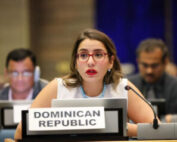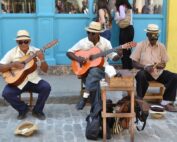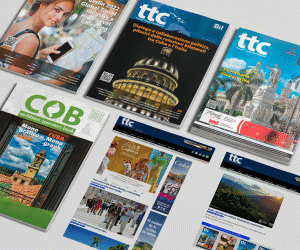35.1% of Dominicans engaged in domestic tourism in the last year

Currently, 35.1% of the Dominican adult population has taken at least one trip within the country in the last 12 months. Of this group, 30.5% reported an average spending of more than RD$10,000 per person, primarily for vacations, visits to family or friends, and work-related activities.
This is revealed by the recent results of the First National Survey of Domestic Tourism (ENTÍ) of the Dominican Republic, corresponding to June 2025, prepared by the Center for Tourism Studies and Local Development (CETDEL) and Quantum Analytics, with the collaboration of the Ibero-American University (UNIBE).
However, despite its high potential for communities, this type of tourism faces limitations, according to economist Huáscar Jiménez, executive director of Cetdel.
He indicated that domestic tourism is a necessary but still limited practice with great potential. “The data shows that domestic tourism is key to the country’s economic and cultural development.”
He explained that” to make domestic tourism more sustainable, diverse, and inclusive, it is essential to develop regional strategies, diversify tourism offerings, improve infrastructure and connectivity, promote public-private partnerships, foster community sustainability and inclusion, and launch innovative awareness campaigns.
He explained that today, tourists —both local and international —are seeking new travel experiences. He added that the survey identified the predominant group of domestic travelers as people between 25 and 39 years old, comprising 57.7% men and 42.3% women, with notable variations depending on income level and geographic location.
Although the percentage of Dominicans participating in domestic tourism is in line with averages observed in comparable economies in the region, where participation ranges between 30% and 40%, the findings of ENTÍ 2025 indicate that a considerable proportion (64.9%) did not participate in the activity, underscoring the need to design strategies to include the less active segments in this market.
Given the situation, the president of Cetdel pointed out the lack of support from local stakeholders, including mayors’ offices, to ElDinero.
“The main challenge” facing domestic tourism in the country is that we must rely on local stakeholders, including communities and municipal governments. Even if they don’t contribute financially, they must be facilitators for projects to develop. Accessing transnational resources requires the support of municipal governments,” Jiménez stated.
“We also stressed the importance of strengthening connectivity between regions through improvements to road infrastructure, the digitalization of tourist information, and the creation of thematic routes with appropriate signage, which will facilitate mobility and streamline travel flows.
He recommended developing promotional campaigns targeting different age groups, highlighting the variety of recreational, cultural, and wellness activities tailored to their interests.
However, he noted that this survey will serve as a benchmark for promoting transformative initiatives and forging public-private partnerships that strengthen domestic tourism as a driver of territorial development and community well-being.
For her part, Mayjo Gutiérrez, president of Quantum Analytics, highlighted that local travel is highly motivated by family ties, whether visiting relatives, with low-cost, self-managed tourism predominating.
“Domestic tourism “is a form of local tourism, more social than commercial, and highly dependent on personal networks. But that doesn’t mean it doesn’t have an impact; we can conclude that it’s a low-cost tourism, but with high community value,” she explained.
Regarding travel reasons, Gutiérrez noted that the main reasons for traveling within the country were vacation (46.2%), followed by visiting family (27.9%), and work (22.7%). Regarding the type of accommodation, the most popular options were family or friends’ homes (40%), followed by hotels (37%). Additionally, 12.6% rented homes or used platforms like Airbnb.
Regarding average spending, she explained that the total amount per person varies depending on the household’s purchahousehold’s 22.7. % reported spending between RD$1,000 and RD$3,000; 20.1% between RD$3,000 and RD$5,000; 20.7% between RD$5,000 and RD$10,000; while 30.5% reported spending more than RD$10,000 in the last year.
Gutiérrez added that 44.1% of domestic tourists are formally employed, while 22.1% are informally employed; 11.5% were unemployed, and 2.5% were retired or pensioned.
Source: Dominican Today

MORE NEWS














